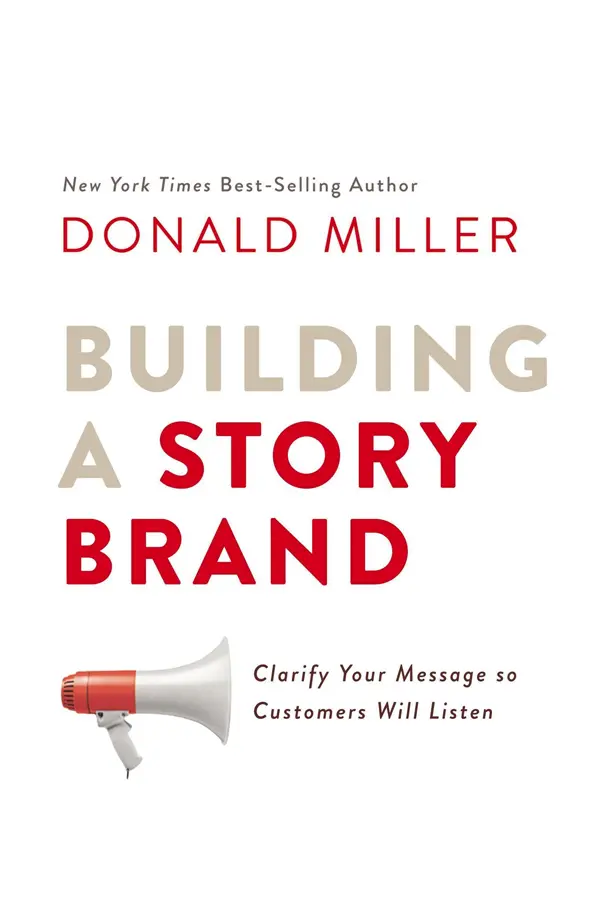User groups, also known as customer personas, are specific groups of individuals who share common characteristics, behaviors, and preferences.
By identifying and studying these user groups, you will meet their unique needs and create an impactful and successful brand experience.
Problem: If you design for everyone,
you design for no-one
One of the key challenges in branding and marketing is ensuring that the brand effectively resonates with the target user groups.
Failure to address the specific needs and preferences of different user segments can result in a lack of engagement, low brand loyalty, and missed opportunities to connect with the target audience.
Solution: Define users & their problems
Perform the story brand exercise for every user group
- A character
(User groups e.g: visitors) - Has a problem
(Internal, External, Philosophical). Define users’ questions and objections - Meets a guide
Who understands them (Apply empathy and authority) - Who gives them a plan
(Strategy about how to do business with us) - And calls them to action
(Define direct and transitional calls-to-action buttons) - That ends in success
(Benefits) - And helps them avoid failure
(What happens if you don’t work with us)

Building a Story Brand by Donald Miller - Is a book that outlines a powerful framework for creating a clear and compelling brand message. Provides a practical and actionable guide to building a strong brand that resonates with customers and drives business success.
Content strategy tools: Use story brand strategy framework here >>
Define brand and messaging
Innovate - shape the future trends. Differentiate your brand from competition.
- Elevator pitch
- Vision & Mission statements
- Brand positioning
- Value propositions
- Taglines
- Trends
- Brand keywords
- Brand personality
- Tone of voice - brand archetype
- Brand messaging
Are we communicating with language understandable to users?
Tip: Elevator Pitch - You have 60 seconds or less to tell the story. Say who you are, what you do, and how do you make your customers survive or thrive. The purpose of an elevator pitch is to capture the attention of the listener, spark interest, and leave a memorable impression.
Define marketing strategy
Promote products or services. Increase brand awareness, drive sales.
- Based on story brand exercise define your target audience:
Identify the group of people you want to reach with your marketing efforts. Consider their demographics, psychographics, and behavior. - An effective elevator pitch should answer the following questions:
What problem does your product or service solve? How does it solve the problem in a unique or innovative way? What are the main benefits or advantages it offers? Who is your target audience or customer? What makes your offering stand out from the competition? - Set marketing objectives:
Establish specific, measurable, achievable, relevant, and time-bound (SMART) goals and objectives that align with your business objectives. - Based on brand and messaging exercise:
Determine what sets your brand apart from competitors and how your product or service provides unique value to your target audience. - Develop a marketing mix:
Develop a mix of marketing tactics that will help you achieve your objectives. Consider channels such as advertising, public relations, content marketing, social media, and email marketing. - Create a marketing calendar:
Create a schedule for your marketing activities and initiatives, and ensure that all stakeholders are aware of the timeline. - Allocate resources and develop a budget:
Determine how much you can afford to spend on marketing activities and allocate resources to specific tactics.
Takeaways
- Understand user groups, user questions & objections
- Understand how your brand can solve these problems
- Define business goals
- Understand tone of voice & brand archetype
- Define user tasks'
- Define brand messaging & guidelines
- Write marketing strategy outline
- Understand resources and budget
- Schedule important deadlines and project timeline
Books
- Building a Story Brand by Donald Miller
- The Brand Gap by Marty Neumeier
- Good Strategy Bad Strategy by Richard Rumelt